
Winter is nearing its end and spring will soon be knocking on our doors. For the gardeners out there, spring can be a hectic but exciting time. As you see the leaf buds swell on trees, your hands will itch to start planting again.
Spring is a great season for planting some juicy vegetables that will serve you well till summer. Start them early and you can enjoy their benefits for months. Here is a list of some of the best vegetables that you can plant in early spring.
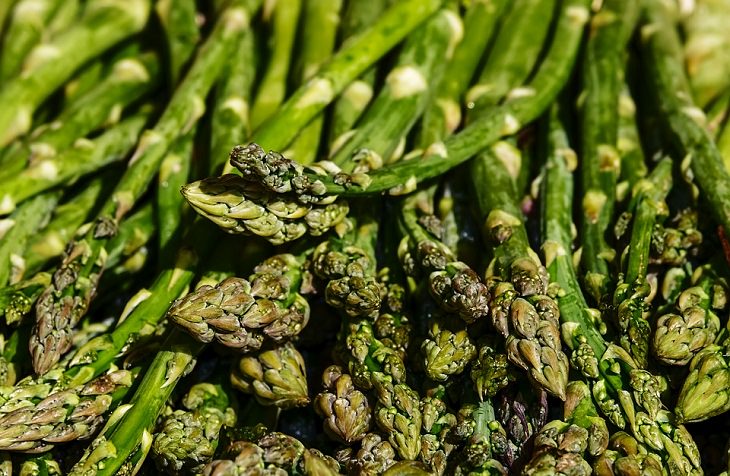
One of the first plants that greet us in springtime is asparagus. The biggest positive with this plant is that it’s a perennial – once it gets established, it will return year after year. Asparagus thrives in areas with cool winters and is usually grown from 1-year-old plants or “crowns”. A fully-grown asparagus harvest can last for months, hence you should ensure they are well taken care of. Thus, plant this vegetable in early spring as soon as the soil can be worked upon.
Do note that asparagus plants are either male or female. Female asparagus plants produce berries while the male ones don’t consume enough energy to be more productive than the female plants. Most people opt for male asparagus plants.
Asparagus can grow in semi-shade (light woodland) or no shade and moist soil would be preferable for it.
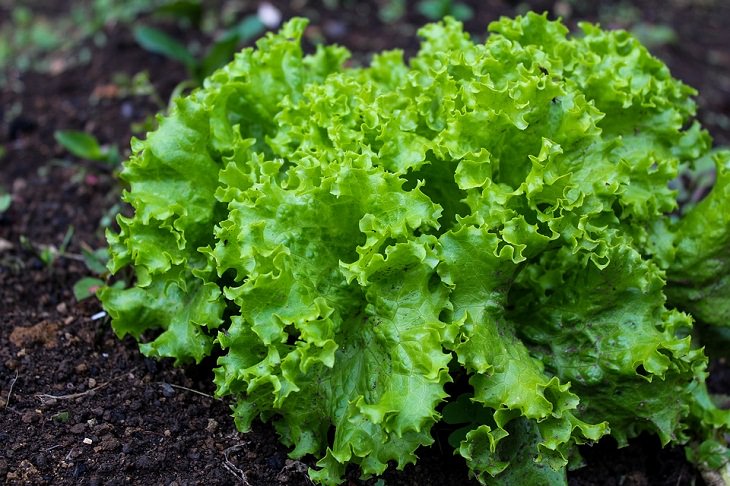
Lettuce is not just great in terms of taste, but it is also rich in Vitamin A. It is an easy-to-grow plant and can be planted in both spring and fall. The best time to plant it, however, is spring, about two weeks before frost. This cool-season crop has hundreds of varieties, with head lettuce, Batavia lettuce, romaine lettuce, and cutting lettuce being the most common. A rich, well-drained soil would be perfect for growing it and a tunnel or cold frame would work as a good shelter for the plant.
While sowing, ensure that the soil is above 40°F (4.4°C). The seeds germinate best at 55-65°F (12.7-18.3°C) and should begin to emerge in a week’s time. Water the lettuce plant two or three times a week in dry weather and keep a close watch for leaves that show the first signs of dehydration. Since lettuce grows quickly, make sure that you plant a small amount at a time. Stagger plantings every 10 to 14 days to ensure that you don’t get all your lettuce at once.
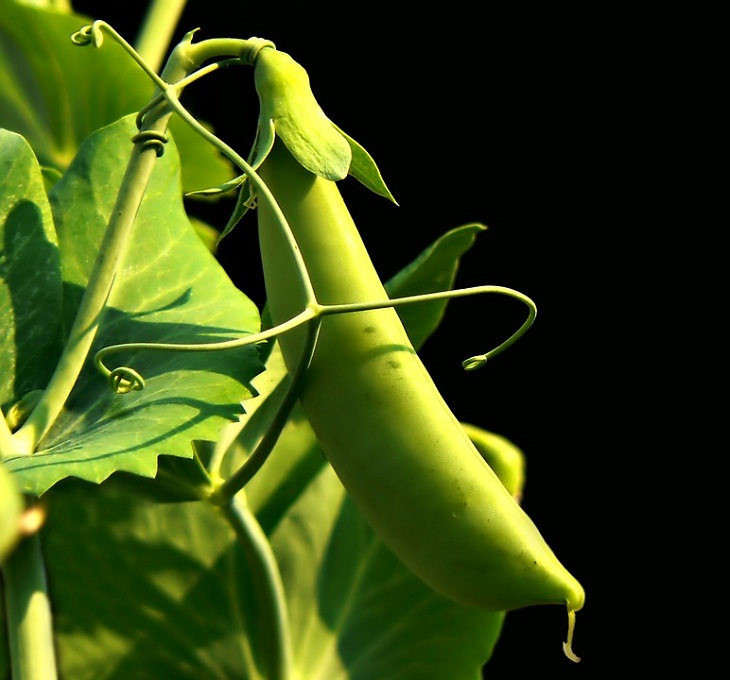
The pea is an annual plant that grows as a cool-season crop and is regarded as nature’s candy off the vine. It is an easy-to-grow plant and has three varieties - English peas, Snow peas, and Snap peas. While peas don’t like freezing temperatures, they hate extreme heat even more. Thus, the best time to plant this is in early spring.
Peas are known to fix nitrogen in the soil, rendering it more available for other plants. However, they do need a little extra fertility to grow and produce pods. The seeds can be planted as the soil temperature reaches 50°F (10°C) at tropical climatic conditions.
Make sure you plant them in early spring so that they mature while the weather is still cool and you'll be able to reap the benefits in the summer.
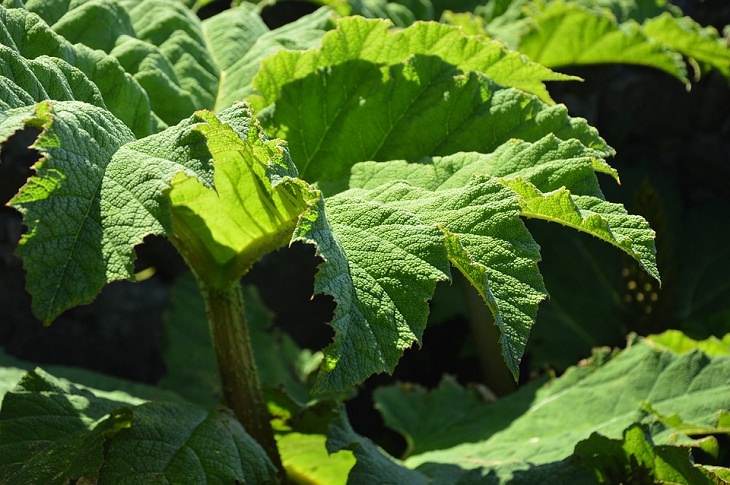
This is one of those rare vegetables that’s generally prepared and eaten like a fruit. Rhubarb is often turned into pies, jams, jellies, and more. This hardy perennial is from the buckwheat family (Polygonaceae), it is a cool-season crop grown for its fibrous leaf stalks. Rhubarb is also a wonderful ornamental plant that adds great vibrancy to your garden. Its large, textured leaves and chunky stems make it a sturdy plant as well.
The rhubarb plant prefers a slightly acidic soil pH, soil that is moist but well-draining. They also need consistent moisture and would thus require regular watering.
These plants grow 2 to 4 feet tall and produce large, smooth, heart-shaped basal leaves. They are hardy and long-lived, too. In fact, some rhubarb varieties are known to grow for 20 years or longer. Plant the seeds in early spring, but don’t harvest until the second growing season.
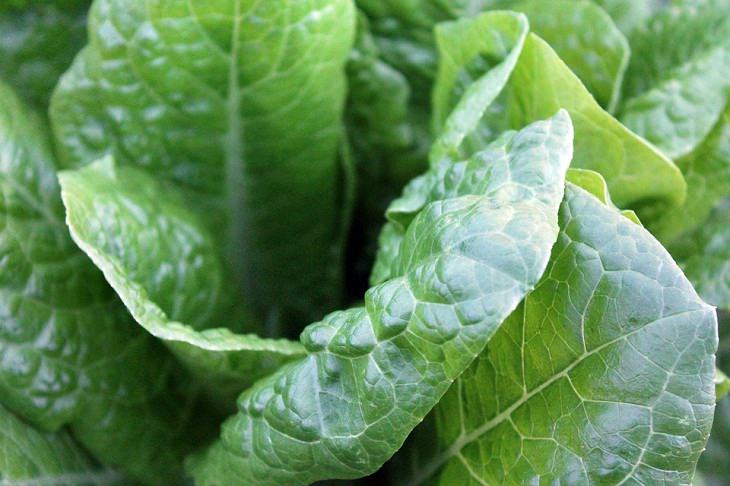
A lot of us are well aware of spinach and its health benefits. This leafy green vegetable grows best in cool weather and is packed with iron, vitamins A and C, thiamin, potassium, and folic acid. It also contains the carotenoids lutein and zeaxanthin, both of which are powerful antioxidants. Spinach is usually divided into two major categories: smooth leaf and savoy. The savoy varieties are preferred for the home garden and fresh market use, as they tend to look and taste better.
One of the good things about planting spinach is that it grows very quickly. However, you will need to keep planting new spinach to extend the harvest. Spinach will thrive best in well-drained soil that is rich in the organic matter along with partial shade.
You can harvest spinach four to six weeks from planting, or when the leaves are large enough for your taste.
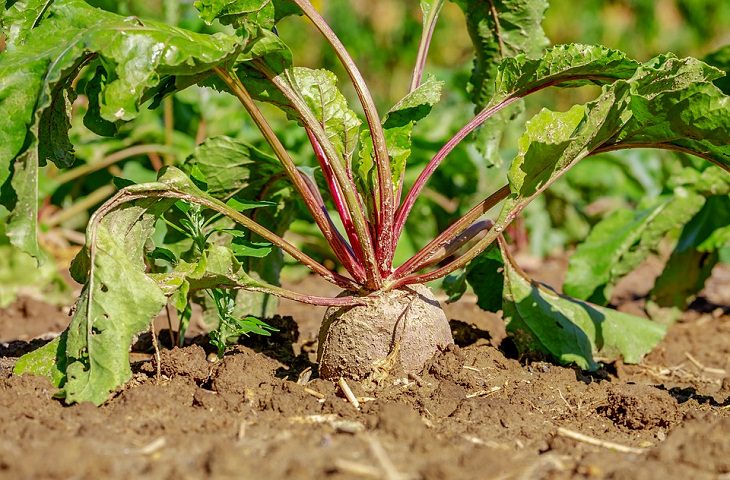
Beets are excellent and easy vegetables to grow, and they are labeled a superfood by many nutritionists for their multitude of health benefits. They grow quickly and you won’t have to wait long for harvesting their tasty roots. Furthermore, even their green tops are edible, making beets a dual-purpose crop.
You can plant beet seeds about one month before the last frost in spring, but ensure that the soil’s temperature is at least 50°F (10°C). Plant the beets in full sun and allow the roots to develop properly. A well-prepared, fertile soil would be ideal, but beets can also tolerate average to low soil fertility. Make sure that the soil remains moist for optimal germination and the seeds are soaked for 24 hours prior to planting.
According to the Utah State University Cooperative Extension, beets taste best when they have received a few weeks of cool air.